If you are a marketer, I hardly need to give you the escalator pitch on the importance of content. You are probably already elbow deep developing all types of content – good old text, videos, images, infographs, 3D videos, VR videos – and for all types of channels. And while you may have mastered the art of generating content, something that may turn into a stumbling block is metrics. When one needs to peg down the numbers, it can sometimes get hard and dicey correlating your content to qualified leads, revenue pipeline and then actual business. Agreed content can be amorphous and swift to transform and in there lies the excitement of experimentation, learning and unlearning.
But to really begin dealing with this ever growing mass called content and making it work for you as a marketer, it is important to understand the types of content. And when I say ‘type’, I mean it with reference to the reaction you wish it to generate from the viewer, reader or consumer.
Types of content

Prescribing content is also descriptive, elaborate, detail and long. Some examples of prescriptive content is whitepapers, articles, demo videos, explanatory, educative videos, that explain in-depth about your offering, the benefits of adopting your offerings, sometimes doing comparisons between your offerings and other solutions in the market, talking about your differentiators. An unbiased piece of content may even help the reader adopt a parameter that enables them to compare and choose among a host of offerings in the market, and all the while, your content clearly makes a case for return on investment.
Connecting content is that which links industry trends to your offerings. It may also link what other organizations are already doing to your offerings. People who read your content, especially those who like to follow the leader will probably jump on the bandwagon and be compelled to act. From this content they get a glimpse into how others responded to this problem. Some examples of connecting content is blogs, case studies and webinars.
Motivating content is ideal when your recipients already know the benefit of your offering, but can’t seem to decide, they hesitate to put their dollar where their mouth is. You need to push them up the sales cycle, your motivating content makes a strong case for ROI, it addresses their objections and concerns and coaxes them to fill out that form and contact you. Great examples of such content is mailers, posters, standees, radio ads, newspaper ads, billboards and online banner ads. Readers are motivated to contact you because they can see real benefit now.
Disruptive content works super well for organizations in a do or die situation, or those who wish to take greater risks for huge rewards. Here the content relooks at the industry scenario and gives a surprising, innovative solution to capitalize on that scenario. Disruptive content works well for those who wish to be early entrants, who may have some unique strength they can capitalize on. Here your content strategy clearly shows how their product can go viral, how they can grab large chunks of mindshare at likely small investments, how they can harness crowdsourcing.
Connect the content to leads
As a marketing team, you would be developing all the types of content mentioned above- prescriptive, connecting, motivating and disruptive. Each type of content has the potential to move your potential consumers up the sales cycle and help convert them into real leads. As a marketer it is important to be aware of this process, smartly develop ones content in a planned manner, and release it to your audience with a structured plan.
Size of your organization determines the effectiveness of your content to convert to leads
I have seen content being used as an integral part of marketing in smaller organizers. They do not have large budgets and need cost-effective content to replace large advertising spend and large event participation. In large organizations, marketing is fragmented, unorganized and in such a situation, one cannot measure ROI. For them, content becomes just a method of thought-leadership and branding. There are too many loose ends here as the chain of command is long – creating a point of view, converting it into a mailer campaign, analyzing open rates and then cold calling can take months, and at the end of which the purpose has dimmed, the people have moved on to other projects and the PoV simply lies abandoned on the website.
So before you decide whether content can really deliver on leads or not, you need to ask yourself, what kind of an organization are you. The larger the organization, the lesser the effectiveness of content to measurably convert to leads. Knowing the size of your organization will help you focus on the right type of content and harness it for the right reason.



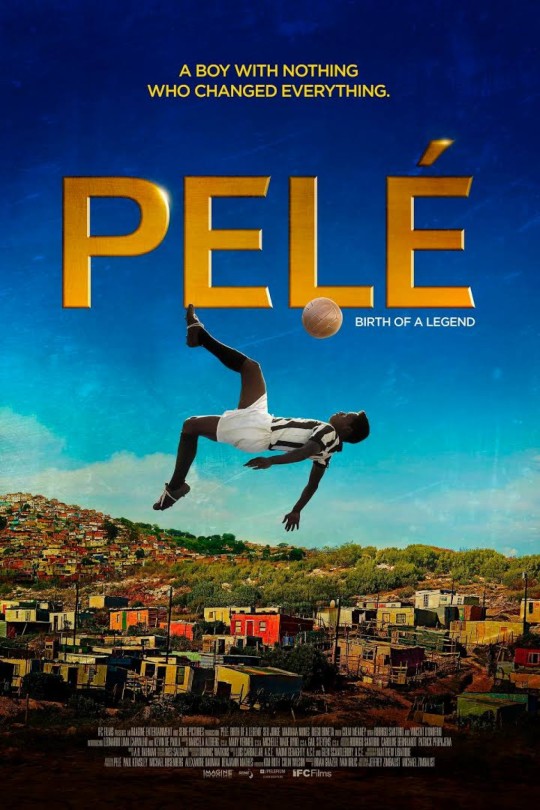 So that’s why I was drawn to watch the movie Pele, and I did so with rapt attention. Absorbing the angst of his poverty, his deprivation of nurturing sporting opportunities, his grief at losing a friend, his anger at being ridiculed, pain at watching his fathers’ unfulfilled dreams and his tremendous ability to turn this cauldron of emotion into a smoldering flame within his belly.
So that’s why I was drawn to watch the movie Pele, and I did so with rapt attention. Absorbing the angst of his poverty, his deprivation of nurturing sporting opportunities, his grief at losing a friend, his anger at being ridiculed, pain at watching his fathers’ unfulfilled dreams and his tremendous ability to turn this cauldron of emotion into a smoldering flame within his belly.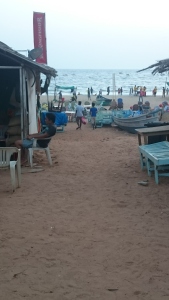

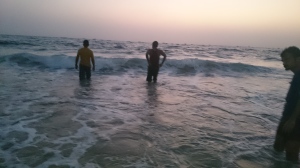
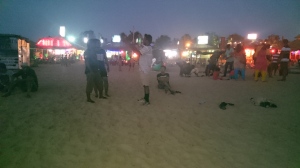
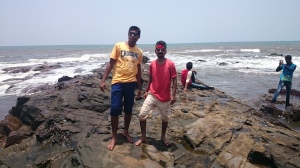





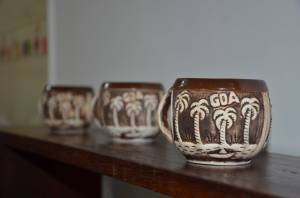






Written by Lillian D' Costa
Leave a comment